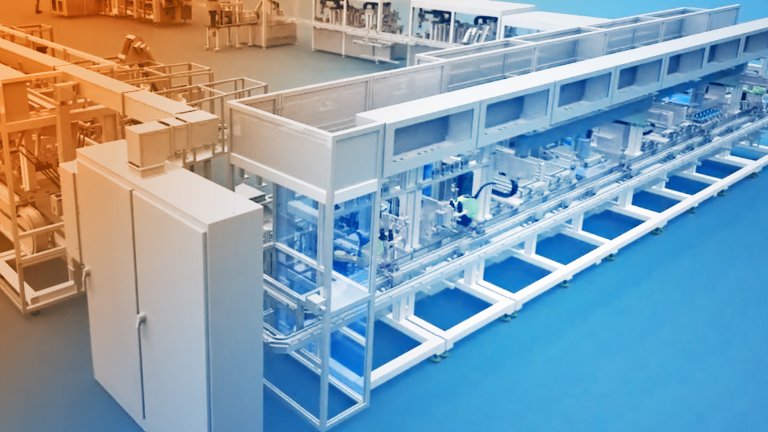What does the largest toolmaker in the world do when it wants to build something new? That was a central question for Stanley Black & Decker, the 177-year-old creator some of the most iconic industrial and household tools on the market. The company had a desire to innovate across all areas of its business, including operations and manufacturing, workforce enablement, and supply chain.
As Stanley Black & Decker embarked upon its digital transformation, the company wanted to leverage Industry 4.0 tools, technology and strategies to help its customers – “those who make the world.” The company also wanted rethink how it enables its own business through technology, how it makes products and how it sells those products though the supply chain.
At the end of its four-year effort, Stanley Black & Decker leadership hopes to create $200-$250M of value capture with an additional benefit of around $100M in enterprise shared services value.
Embarking on a digital transformation
Stanley Black & Decker has continually performed at a high level but found that some processes required intense manual efforts to deliver on expected results. Leaders knew that a digital transformation program could help modify processes to be more data-driven and automated across the entire supply chain, and ultimately improve performance.
“One of the biggest challenges, especially for a traditional industrial manufacturing company, is the issue with what I call lazy, rusty asset syndrome,” said Sudhi Bangalore, vice president, Industry 4.0, Stanley Black & Decker. “We have plants that are really old – tremendously profitable but have a lot of legacy both in terms of practices as well as assets and processes.”
The first step to enabling digital transformation was to create a smart Connected Enterprise to act as a backbone for uncovering and unleashing data. This involved building a holistic set of enterprise applications and control towers to connect 122 factories and 15 distribution centers.
Empowering employees through data and skills
A second incentive for a digital transformation program is Stanley Black & Decker’s focus on creating value and opportunity for employees. Through comprehensive up-skilling and re-skilling of 61,000 employees, the company is creating new and more rewarding career paths for employees and increasing retention.
For example, an approach to “elevating work” could mean taking an employee trained in assembly and reskilling them to also play a role in quality oversight using data-driven systems and digital tools. Enabling employees with high-value digital skills also empowers them to make more strategic business-driven decisions, leading to new ideas and a better approach to work.
Building an infrastructure to support remote enablement is also part of the digitalization program. Spurred partly by the pandemic, remote access, monitoring and control will encourage employees to collaborate across factories, regions and countries to make strategic data-driven decisions even while off site.
Learning on the go
At about 18 months into a multi-year program, Stanley Black & Decker is well on its way to full scale digital transformation, and still learning in the process.
“One strategy we put into practice was to leverage people across the organization to help ‘champion’ change,” Bangalore said. “We are combatting skepticism and driving adoption through smart engagement of plant champions who are helping build the bridge between technology and its impact on people.”
Another area that has brought about a lot of learning has been the time frame. The company wants to connect its many sites in a time frame of months, not years.
“That has been a foundational focus and one that has taken a lot of testing,” Bangalore said. “And we’re getting to a point where we’re now comfortable in saying we’re ready to actively deploy it at scale in each plant in about a month or two.”
Learn more about our Digital Transformation Strategy Consulting
Published November 19, 2020





